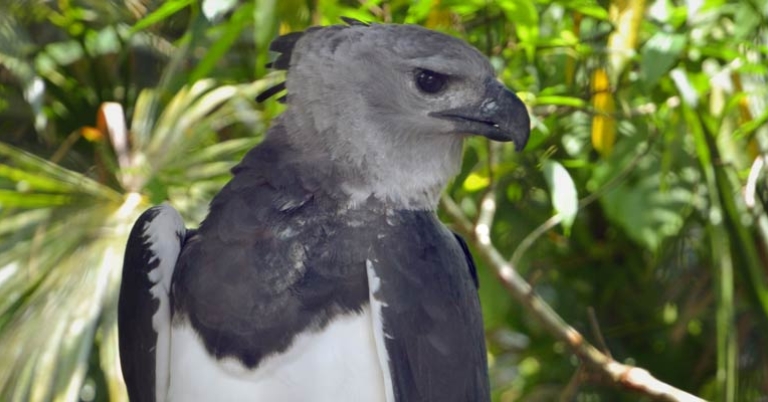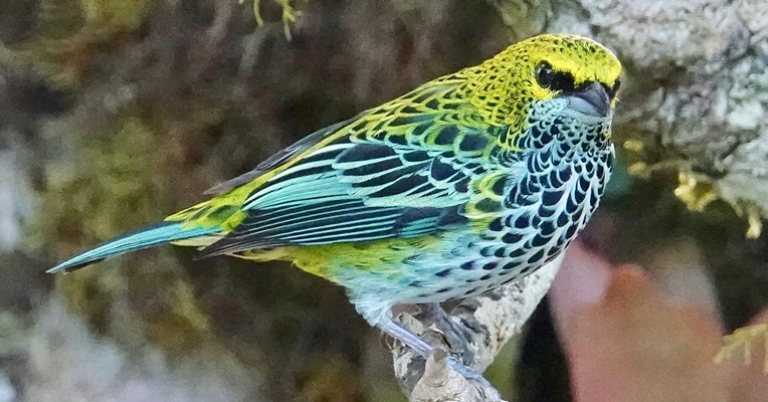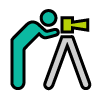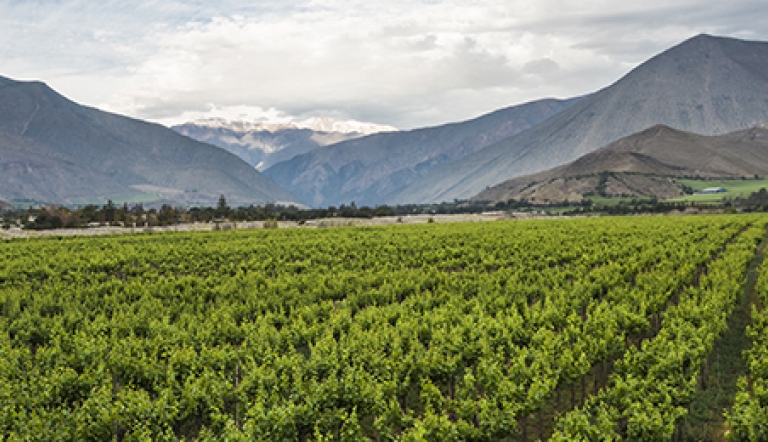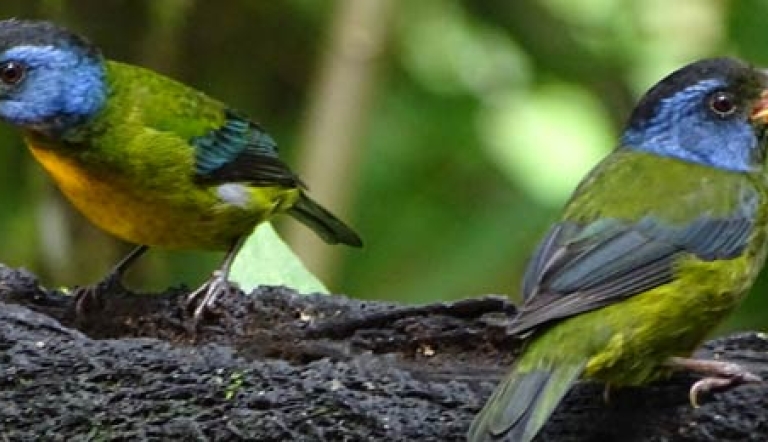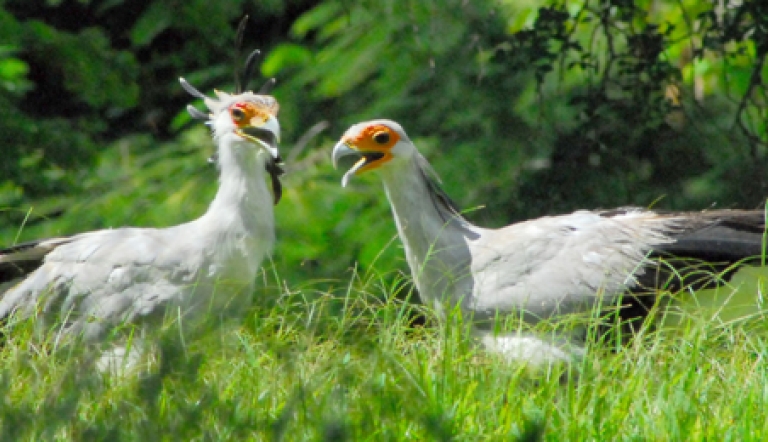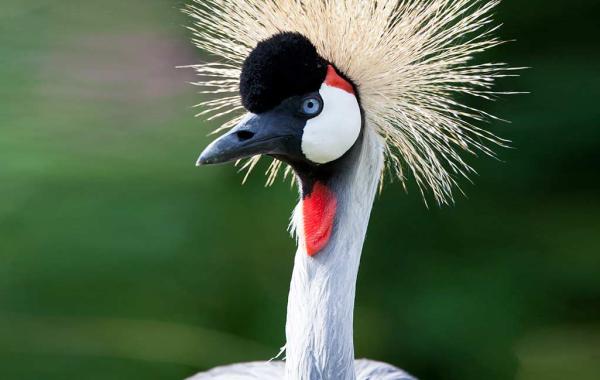Colombia | Harpy Eagles and More in Colombia`s Mountains and Forests
About this trip
With over 1,900 avian species — more than any other country in the world — Colombia is a birder’s paradise. Join Renate Grupp on this 10-day bird photography adventure including 3 days exploring a Harpy Eagle nesting area. Marvel at the complex topography surrounding Villavicencio, where the Andes meet the vast Llanos and explore páramo habitats while photographing an array of tropical avifauna, including flycatchers, hummingbirds, tanagers, toucans, and more.
Highlights
- Visit Sumapaz, the largest páramo in the world and observe a wide variety of endemic species.
- Explore San Jose del Guaviare where you’ll have one of the best opportunities to see and photograph the incredible Guianan Cock-of-the-rock, one of the most beautiful birds in the entire region.
- Spend three days exploring and birding at the Harpy Eagle Natural Reserve, a private tract of land established to protect a Harpy Eagle nesting area.
- View some of Colombia’s most unique archaeological sites including three huge panels of cave paintings, with a surface area of 3,900 feet.
- Hike through Bosque Bavaria, a jungle-like fragment at the transitional foothills between the Andes and the savannas of Colombia where you’ll encounter a distinct biodiversity of mountain birds.
$3,850
Per person
About this price
Land cost only. Does not include round-trip airfare to and from destination.
Single room supplement $225
What makes us different
Rich content
Wildlife up-close
Service anytime
We know what photographers need
Designed for photographers
Value for your money
Daily Itinerary
Print ItineraryBogota
Villavicencio
Vista Hermosa
Vista Hermosa
Vista Hermosa
Guaviare
Guaviare
Guaviare
Bogota
Depart
Pricing
Print Pricing$3,850
Per person
About this price
Land cost only. Does not include round-trip airfare to and from destination.
Single room supplement $225
What's Included
- Activities and meals as mentioned in itinerary
- Full time expert birding naturalist guide for duration of program
- Private transportation and driver for the duration of the program
- Internal flights relevant to itinerary
- Arrival and departure transfers based on individual flight schedules
- Non alcoholic beverage with meals
- Bottled water or water refill station during transfers
What's Not Included
- International airfare
- Tips
- Travel Insurance
- Items of personal nature
- Carbon Offset
Pricing Details
Full land payment of $3850 is due to hold space on this trip. This payment is not refundable; 100% cancellation fee.
Holbrook Travel strongly recommends the purchase of travel protection for medical emergencies while traveling and to protect your investment. Please note the purchase of Cancel for Any Reason Coverage or to exclude pre-existing conditions with Trip Cancellation coverage may require policy purchase within 10-14 days of your initial deposit, depending upon the provider.
Single room supplement $225
Final payment due date: October 14, 2024
Travel Info
Print Travel InfoActivity Level 3: MODERATE
Participants should be able to ascend or descend 60 stairs consecutively, plus walk for at least 3 hours over some steep slopes, uneven, and potentially slippery surfaces without difficulty. Physical activities typically last for 3 or more hours at a time.
Entry & Exit Requirements
U.S. citizens must present a passport valid for at least the duration of their stay to enter Colombia.
A Colombian visa is not required for tourist stays of 90 days or less. Travelers entering Colombia are sometimes asked to present evidence of return or onward travel, usually in the form of a plane ticket.
No arrival tax is collected upon entry into Colombia, but travelers leaving by plane must pay an exit tax in cash at the airport. Most airlines include all or a portion of this fee in the cost of your airline ticket. Check with your airline beforehand to find out how much you will have to pay at the airport.
If you are not traveling with a U.S. passport, please check with the Colombian Embassy for the requirements based on your nationality.
Health & Safety
Please consult your physician for guidance on medical issues. Holbrook Travel is not authorized to provide medical information and the following advice should be confirmed with your doctor.
Immunizations
The Centers for Disease Control recommends that all travelers be up-to-date on routine vaccinations such as measles-mumps-rubella (MMR) vaccine, diphtheria-pertussis-tetanus vaccine, varicella (chicken pox) vaccine, and your yearly flu shot, as well as the COVID-19 vaccine, before every trip.
There are no vaccinations required for entry into Colombia (unless you are arriving from Angola, Brazil, Democratic Republic of the Congo, or Uganda, in which case yellow fever vaccine is required). According to the CDC, yellow fever is a risk in much of Colombia, primarily at elevations below 7,550 feet. While not required for entry into the country, the CDC does recommend the yellow fever vaccine for most travelers.
Additionally, the CDC recommends vaccination against hepatitis A, hepatitis B, and typhoid for most unvaccinated travelers to Colombia.
Please visit cdc.gov/travel or consult your physician for additional information and recommendations based on your individual circumstances.
Malaria
The CDC warns that travelers to Colombia may be at risk for exposure to malaria, especially at elevations below 5,600 feet. Malaria is caused by a parasite found in Anopheles mosquitos, which are active from dusk until dawn. Prevention is twofold: the use of anti-malarial drugs and the prevention of insect bites. If you choose to use an anti-malarial drug, as recommended by the CDC, see your physician for a prescription. To protect against mosquitos, cover exposed skin with lightweight, long-sleeved shirts and pants, consider treating clothes with permethrin, and use an insect repellent containing an active ingredient like DEET or picaridin. Apply sunscreen first, followed by the repellent (preferably 20 minutes later).
Other Insect-borne Illnesses
Other insect-borne illnesses are known to occur in Colombia, including dengue fever, leishmaniasis, Zika virus, and others. Travelers to Colombia should protect themselves against insect bites using the measures described above.
As a precaution, the CDC advises women who are pregnant to consider postponing travel to any area where Zika virus transmission is ongoing.
Altitude sickness
Upon arrival at locations of high elevation (above 5,000 feet), shortness of breath and a pounding heart are normal responses to the lack of oxygen in the air. However, for some visitors, these symptoms can deteriorate into altitude sickness. Headache, extreme tiredness, dizziness, nausea, and loss of appetite are standard symptoms. Staying hydrated and well rested is important to adjust to the altitude. Avoiding heavy, fatty foods and alcohol in the days before arriving to altitude can help. Over-the-counter medications are also available to help prevent or alleviate symptoms. It’s advisable to avoid sleep medications, as they can slow breathing and respiration, which aid in getting the blood oxygenated while sleeping. Participants who take blood pressure medications should discuss this with their doctor as the medication can drop pressure too low at times.
SUN EXPOSURE
The effects of the sun can be damaging to the eyes and skin. Spending time outdoors exposes you to the sun’s harmful ultraviolet (UV) rays, even on cloudy days. To protect yourself from the sun, use a broad spectrum sunscreen of at least SPF 15, protect skin with clothing, wear a wide-brimmed hat and sunglasses, and drink plenty of fluids.
Respiratory Illness Protocols
Please review our Respiratory Illness Protocols page, which explains our policy and procedures if you or another traveler should develop symptoms of a respiratory illness during your trip. Your participation in a Holbrook Travel program indicates that you are in agreement with these protocols.
Resources
Print ResourcesPacking Recommendations
Everyone has personal preferences when it comes to packing; for this reason, the information below is offered as a general guide and not a definitive list. You know yourself best: Use your discretion and pack what you think will serve you, based on your personal preferences and specific itinerary.
You may find many of the items below in our Gear Store.
CLOTHING
Bring enough clothing suitable for the length of your program. If you prefer to pack light, note that many hotels offer laundry services at additional cost. If you plan to hand-wash items, remember that humidity may delay drying time.
This program visits a variety of habitats and elevations. Pack clothing that can be worn in layers to adapt to weather changes throughout the day. At higher elevations, warm clothing is strongly recommended. Temperatures can get quite chilly, especially at night and early in the morning, possibly in the 40s (°F). It can also be windy at times. Consider packing a warm underlayer, as well as a warm, protective outer layer. Meanwhile, other locations on this itinerary can be warm to hot, with temperatures into the 90s (°F).
- A combination of short- and long-sleeved shirts, suitable for layering
- Shorts
- Lightweight, quick-drying long pants for sun and mosquito protection; jeans tend to be uncomfortable in hot and humid conditions, but are fine in the cooler highlands.
- Undergarments
- Sleepwear
- Jacket, sweater, or sweatshirt
- Socks – Bring extra pairs.
- Shoes – You’ll likely want at least one pair of comfortable, closed-toe walking or hiking shoes or boots suitable for forest hikes and walking over cobblestones or other uneven terrain. In addition, many participants opt for a pair of sturdy sport-strap sandals (e.g. Keens, Tevas, or similar) and/or casual flip-flops or sandals.
- Lightweight rain jacket, hooded poncho, and/or windbreaker
- Visor or wide-brimmed sun hat; wool hat or beanie for higher elevations
- Bandana, scarf, or neck gaiter
Personal Toiletries
Pack toiletries based on your personal preferences and habits. Below are just a few recommendations to keep in mind.
- Shampoo, conditioner, lotion, deodorant/antiperspirant , etc. – If possible, avoid strong fragrances if you are sensitive to insect bites and in consideration of your fellow travelers.
- Soap and washcloth or a small, quick-drying microfiber towel – Washcloths are not standard in all hotels. If you normally use a washcloth, you may wish to bring one from home.
- Hairbrush, comb, hair ties, shower cap
- Toothbrush and toothpaste
- Razor
- Ear plugs, especially if you are a light sleeper
- Personal hygiene products
- Insect repellent with DEET or picaridin
- Sunscreen and lip balm with SPF
- Aloe vera gel
- A travel pack of tissues – also useful as napkins or toilet paper if needed
In addition to your personal toiletries, it is useful to pack a small medical kit, which you can easily prepare. Helpful items might include: bandages, antihistamine, a pain reliever, motion sickness and/or altitude sickness medication (if you are prone to either), anti-diarrhea medicine, individually wrapped pre-moistened towelettes and/or hand sanitizer, antibiotic ointment, anti-fungal cream, moleskin for blisters, eye drops, tweezers, a mini sewing kit, and an extra pair of disposable contact lenses or eyeglasses if you wear them.
Miscellaneous
Remember to pack valuables such as your passport, cash/credit cards, and medications in your carry-on luggage.
- Passport and photocopies of all travel documentation
- Personal insurance card and travel insurance information
- Money – ATM/credit card, and/or cash; small bills in good condition are recommended
- Prescription medicines (if applicable), with a copy of the prescription
- Yellow fever certificate (if applicable; see Travel Info tab)
- Sunglasses with strap
- Small day pack for hikes and excursions
- Flashlight and/or head lamp
- Travel alarm clock or inexpensive waterproof wristwatch with alarm – Not all hotels provide alarm clocks.
- A pocket calculator or phone to assist with conversions and currency exchange
- Binoculars with lens cleaner
- Camera and related equipment, such as charger, lenses, and extra memory cards
- Reusable water bottle
- Non-perishable snacks
- Pocket-knife or multipurpose tool – Pack in your checked luggage.
- Zip-top style bags – useful for packing toiletries, sorting clothing, storing damp or muddy shoes, or as a dry bag for protecting electronics
- Notepad or travel journal and pen
- Music or reading material for down time, long bus drives, or on the airplane, and a portable bright light to read by
- Collapsible walking stick with rubber tip – Pack in your checked luggage.
- A small quantity of laundry detergent if you’ll be washing clothing by hand
- Travel-size umbrella – Some people find this unwieldy to carry, while others find it offers better protection than a rain jacket alone.
- Money belt
- Chargers for electronics
Question
Contact Lisa Palmese-Graubard at 800-451-7111 x339 or email Lisa.

